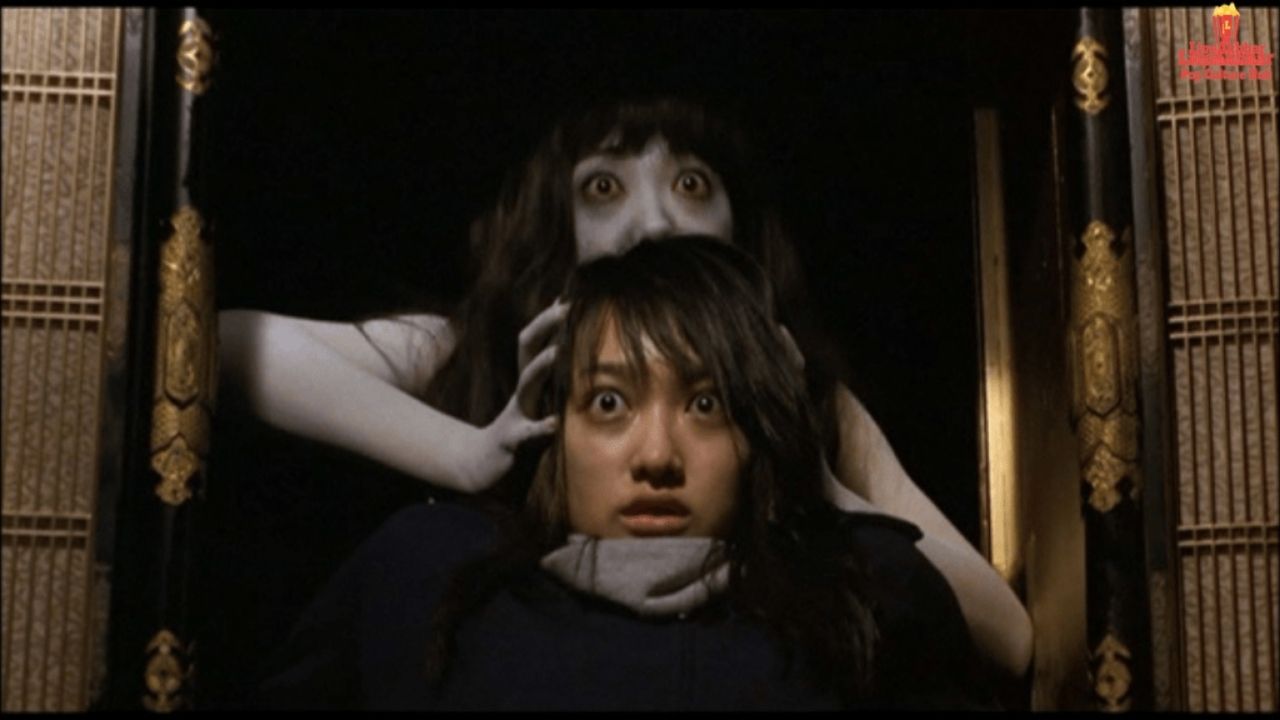J-horror is a great term say for any Japanese horror film. The horror genre has rich roots in Japan’s cinema reaching a return to the 1960s and it is only as famous a genre now as it was then. In several ways, J-horror has achieved its peak in both Japan and the West in recent years, most notably through films such as The Ring and Dark Water.
When it gets to classic Japanese horror films, Japan should be identified for more than producing big monsters like Godzillas. At a period when Western directors such as Michael Powell and Alfred Hitchcock were terrifying viewers over the world, a new wave of Japanese filmmakers is revolutionizing the genre by purchasing it with its unique folklore and mythological traditions.
Ugetsu Monogatari (1953) –
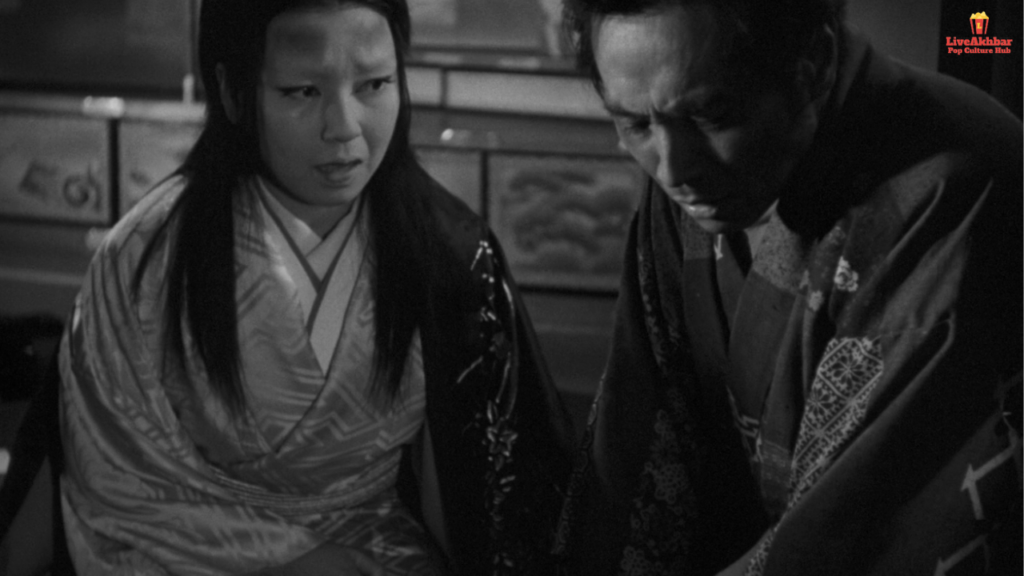
It strikes a terrifying tone that mixes fantasy with reality to tell a story about the ego of men in wartime. Between the 16th-century civil wars, it centers on a foolish farmer and potter, blinded by ambition, leaving his wife and child to seek fortune in the city. The war is shown to have a devastating effect on the family unit and especially the women, which shows the film being forgotten, murdered, or forced into prostitution.
Famous Japanese star Machiko Kyo makes an unforgettable entrance as a famous spectator, featuring ominous marks by acclaimed composer Fumio Hayasaka. The ground of their ghostly mansion is given another spectacular quality by cinematographer Kazuo Miyagawa. The visuals and sensual pleasures of dreamy lakes entice the farmer needlessly towards his wife. The film ends with a technically remarkable and luxuriant cult that encounters stupidity greed and lust.
READ MORE: Best Family Web Series For Family To Binge Watch Together!
The Ghost of Yotsuya (1959) –
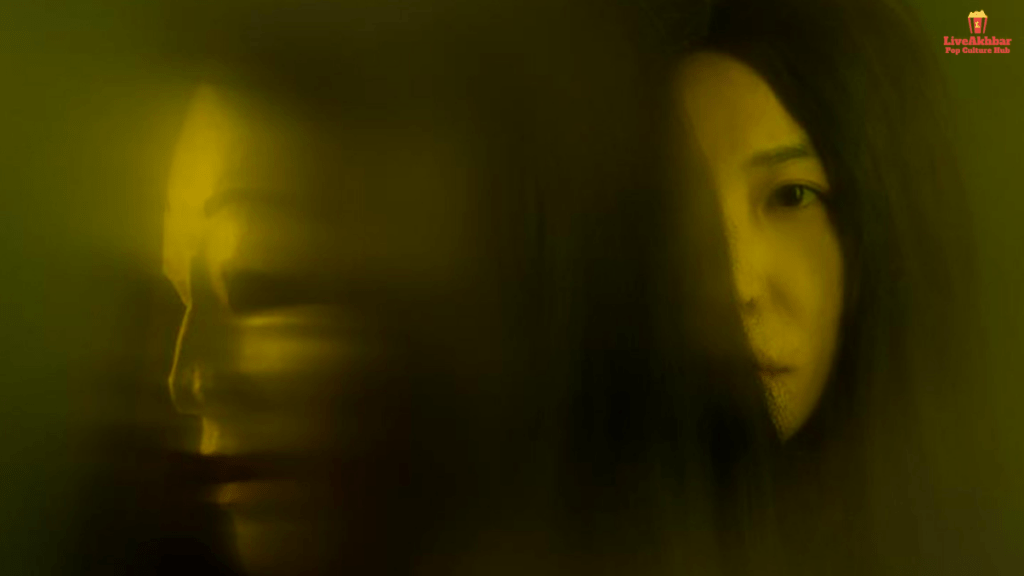
This famous onryo story, follow the kabuki play of 1825 by Nanboku Tsuruya, brings motivation from real life and shows off many film adaptations. In Nobuo Nakagawa’s version, Shigeru Amachi plays a brutal ronin known as Iemon who surreptitiously killings the Oiwa father, the woman he wants to marry. Shortly thereafter, he kills him on the road with Oiwa under the guise of avenging his father’s death but instead makes a cruel plan that culminates in betrayal and murder.
The cry of a mad woman is indeed the greatest horror, ”an opening quote stated, and Nakagawa builds Oiwa’s pain not only in life but also in death with a comprehensive, erotic body-terrifying sequence. The feeling of his anger is vivid as vengeance is served through guilt, nightmare hallucinations, and ruthless swordsmanship. The life and fate of women in the Edo era were determined by marriage, and the film depicts the true value of transactional relationships.
Pitfall (1962) –
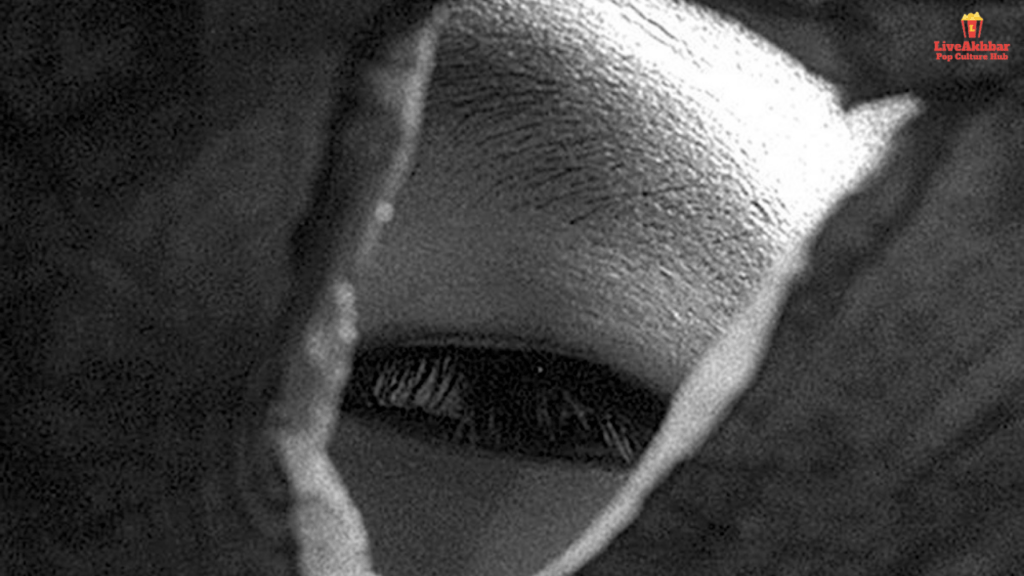
By far the scariest ghost story you’ll ever see, this cowardly era of social realism and existential awe evokes the spirit of Jean Cocteau and the imagination of Luis Buñuel to capture the civil unrest of the era. Hiroshi Tashigahara composed his first film, which he pursued with Kobo Abe in the later drama “Documentary Fantasy”. It also takes the form of a police procedural and political criticism sm of the exploitation of labor workers, especially coal miners.
A vicious plan to pit trade unions against another result in the murder of a single father, who reunites as a soul only to find his pleas to help his killer fall on deaf ears. for. As this innocent victim of a cruel system wanders a literal ghost town, piercing its weeping striking landscapes of desperation and anguish, where abandoned lava piles and threatens to swallow all who enter the mines. The film asks, “Should a man become a demon to survive?” and as soon as his orphaned child revolves alone, considering the unrelated injustice made in the name of capitalism, the approach is not optimistic.
Onibaba (1964) –
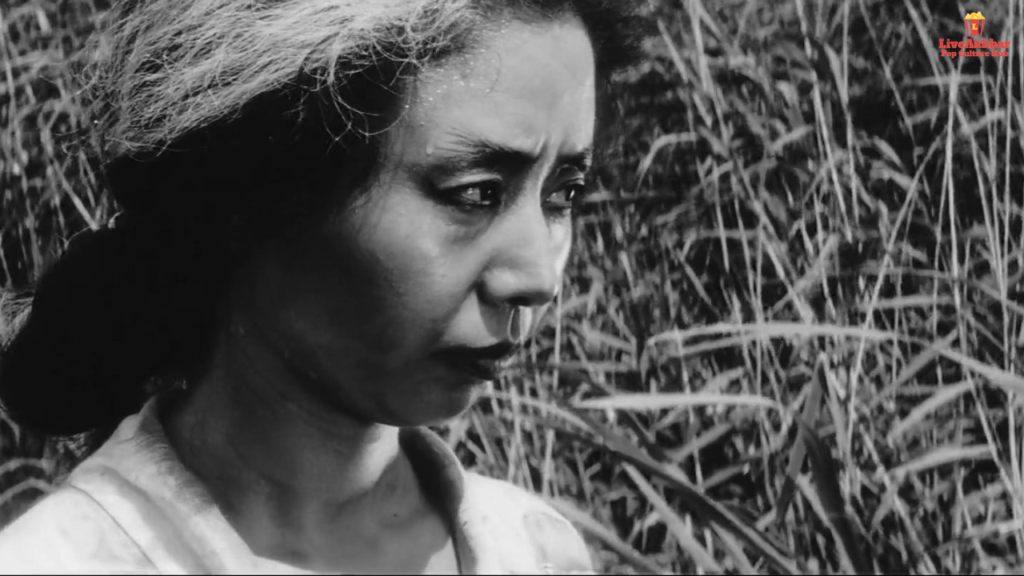
20th-century finest Japanese filmmakers Kaneto Shindo, and Onibaba is regarded as one of his horror masterworks. Created in monochromatic black and white, the film takes place in the mid-14th century civil war in Japan. A mother and her daughter-in-law are pressed to survive by looting and murdering samurai soldiers who cross their path.
When the mother’s son friend and daughter-in-law’s husband back to notify them their dearest third died at war, he later evolves a romance with the young widow.
Meanwhile, the overwhelming mother-in-law goes on to follow her deadly means of survival.
READ MORE: Best Indian Action Web Series You Should Watch Right Now!
Kwaidan (1964) –
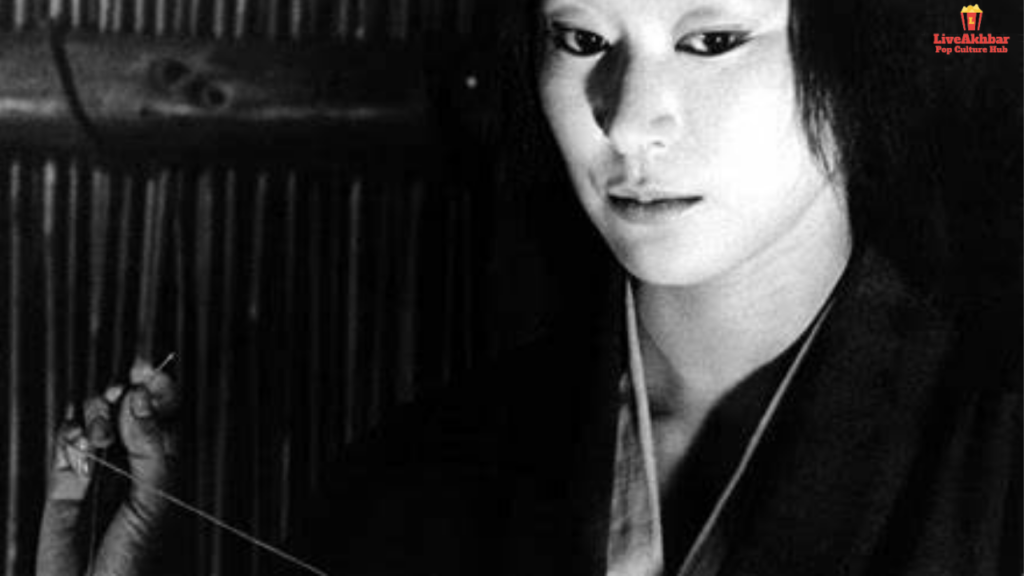
It is a transliteration of Kaidan that converts into English as ghost stories, which is a collection of film, Masaki Kobayashi direct it. Individually of its four stories are motivated by Japanese folklore. Kwaidan acquired the Special Jury Prize at the Cannes Film Festival (1965). And Best Foreign Language Film nomination for an Oscar.
The major source element for the story is Kwaidan: Stories and Studies of Strange Things, a set compiled by Lafcadio Hearn.
While the film may not deliver the expected leap from contemporary horror, it is fueled by atmospheric and creepy set designs.
The Living Skeleton (1968) –
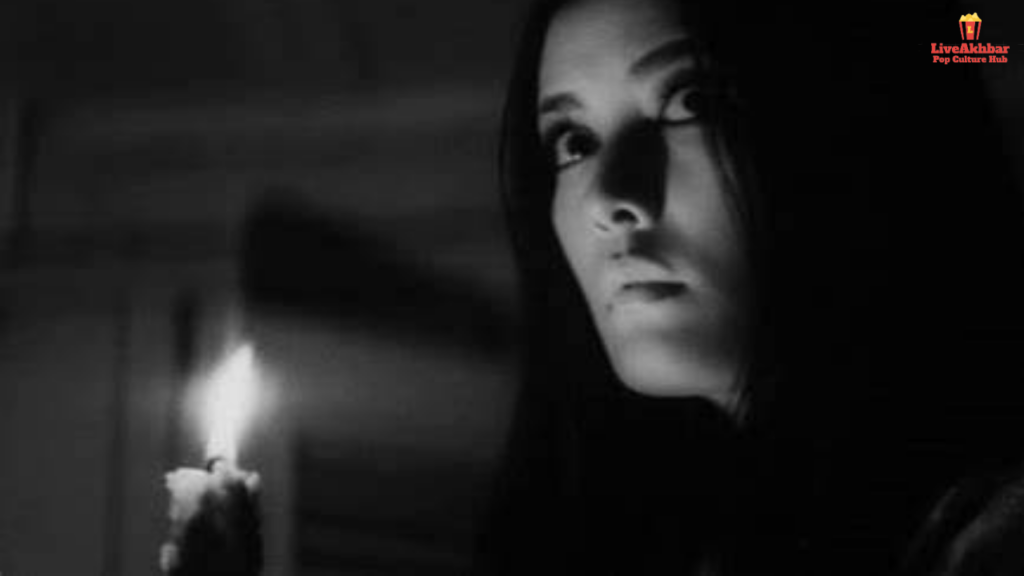
The Living Skeleton is based on a seaside village where Saeko a young woman seeks shelter after her twin sister is lost at sea with her new husband. Saeko investigates and finds a group of tied human skeletons on the ocean base while scuba diving.
Soon, a ghost ship seems offshore, offering Saeko by name. Strong contribution to Japan’s storytelling belief, The Living Skeleton eared a standard Collection come in 2012.
Jigoku (1960) –
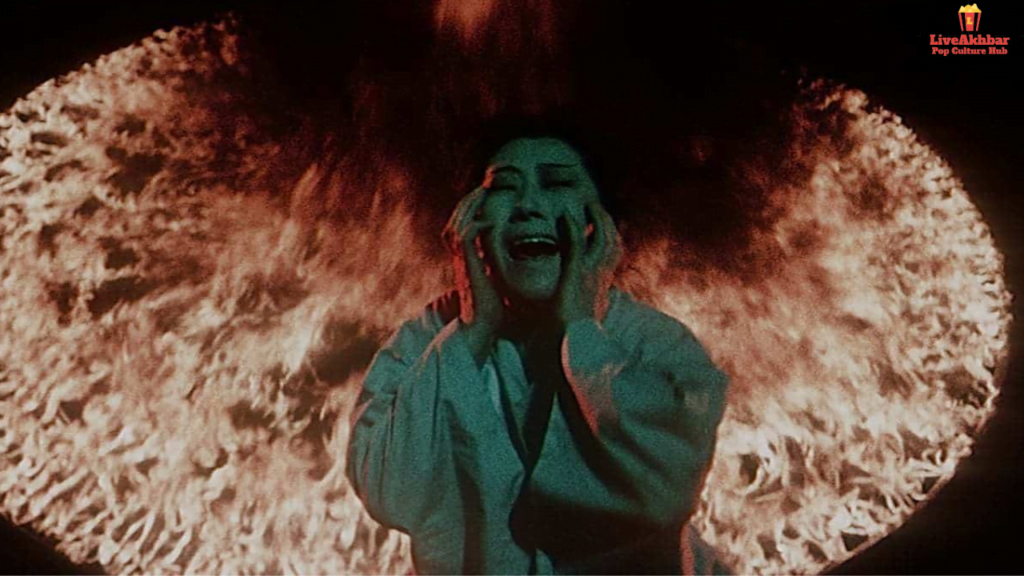
Largely more graphic than other films on this list, Jigoku converts into English as Hell. Nobuo Nakagawa was the film director and famous for creating a series of iconic horror shows in the ’50s and ’60s. The film centers on a young theology student in Toyko who discovers himself accused of the torturous, beyond the dark after being involved in a series of gruesome deaths. The version of the episode depicted in the film is known as the Hell of the Buddhist eight worlds, where Lord Enma resides over the sinners, deciding their ultimate fate.
READ MORE: Best Spy Movies On Netflix That You Must Add To Your Watchlist
Goke, Body Snatcher From Hell –
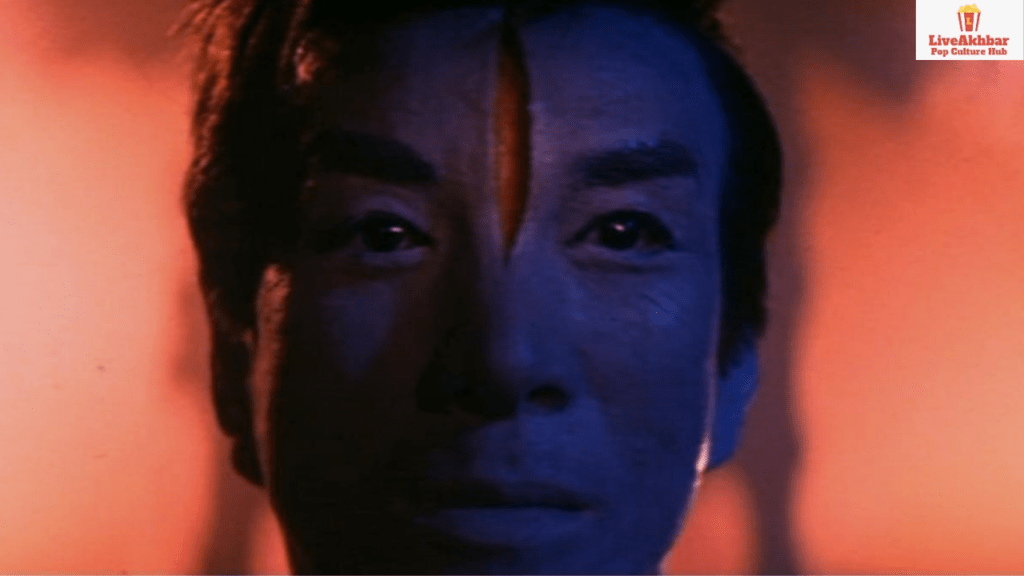
Combining horror and science fiction, Gok is seen as the Japanese snatchers of the body. In it, a pilot makes an emergency landing when his passenger airplanes fly through each other. While the passengers seem fine at first, the pilot soon realizes that the plane has an alien hijacker.
This alien portrays people through an opening in his forehead, which is pictorially depicted on screen. As the creatures move from traveler to traveler, the pilot is forced to fight the fact that the whole world has been overrun by these supernatural invaders.
Cold Fish (2010) –
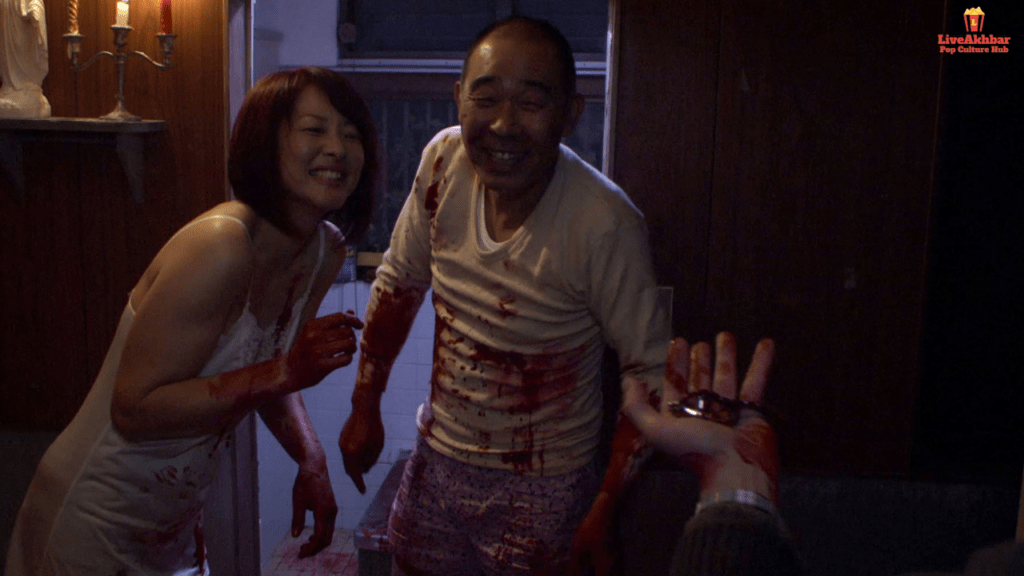
A serial murderer who owns a fish store purchases another fish store to harm the earlier owner and his family. That is a weird setup for a horror film, and we will possibly never stare at aquariums the exact way again after viewing Cold Fish. The film is based on Hiroko Kazama and Gen Sekine, a married pair who murdered four people in 1993.
Available On: YouTube, Google Play
The Face Of Another (1966) –
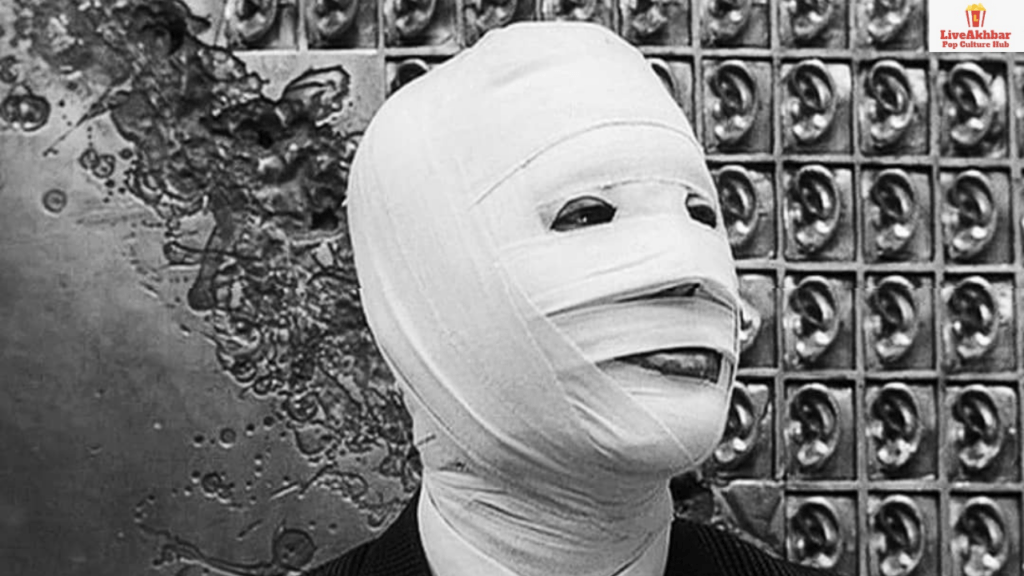
Kōbō Abe, based novel, The Face of Another is the main example of heady, psychological horror. Regarded as a Japanese New Wave characteristic, the film brings out the post-WWII paranoia that swept the world. It features Tatsuya Nakadai as a well-off industrialist whose face is scarred by a work accident.
A man named Okuyama obtains a face mask from a well-known plastic surgeon, but his new facial recognition soon overshadows his mental health. The interview is a secondary story within the main story about a disintegrated woman who was possibly victimized by the atomic bombing of Japan. The film has often been compared to both Frankenstein and the French film Eyes Without a Face.
Kuroneko (1968) –
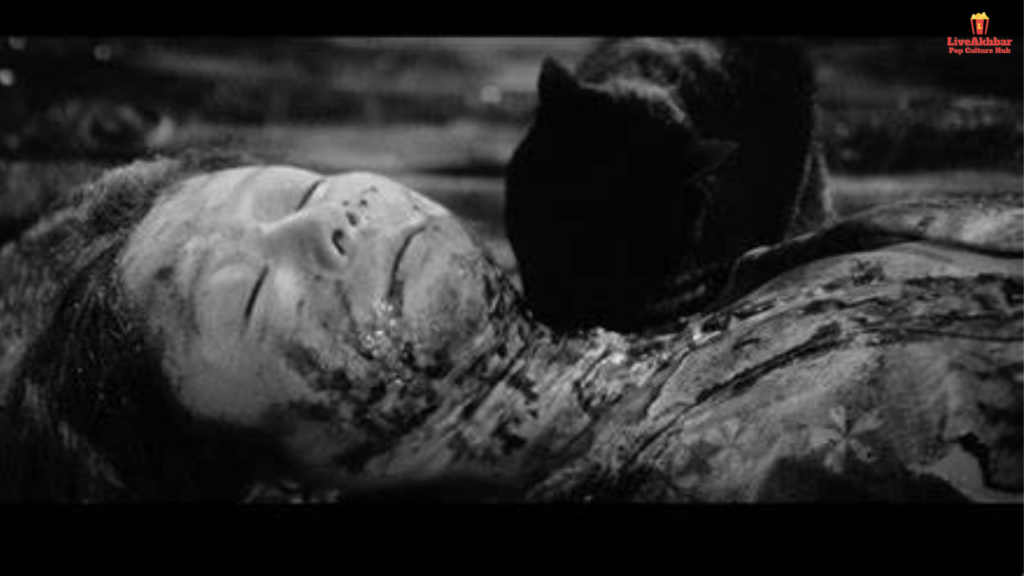
Another feature of Kaneto Shindo, Kuroneko also exposes female characters who are forced to survive by misunderstandings and male violence in the outside world. Moody and real, the film tells the story of two women who are ruthlessly murdered by a group of samurai. Their spirits return as shaping cats, intending to avenge the killing of every samurai. The tension of the film increases when the ex-husband of one of the ghosts is tasked with killing the blood-stained ghosts.
Blind Beast (1969) –
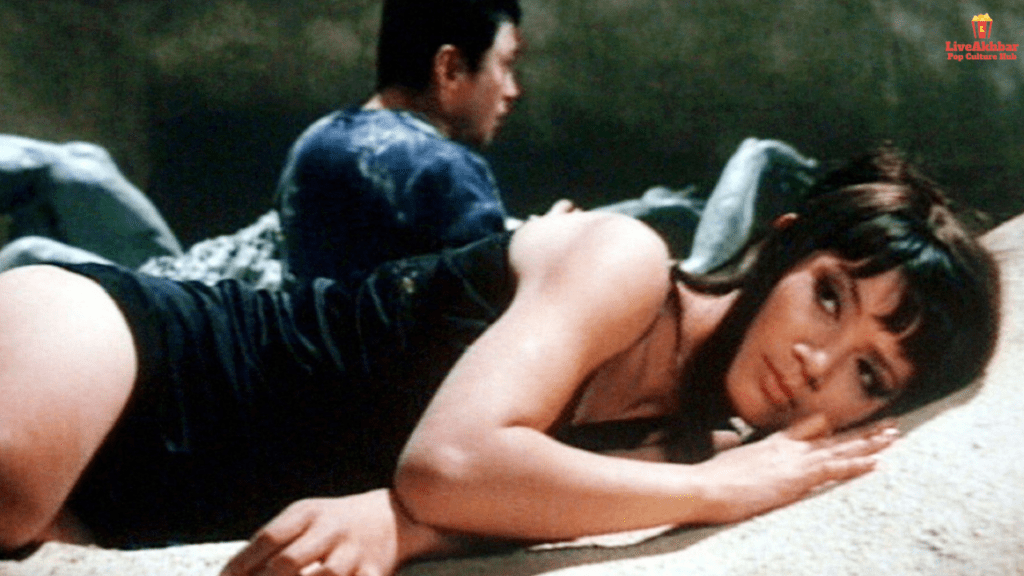
Yasuzo Masumura is chargeable for Blind Beast, a horrible fever dream of a film adapted from Edogawa Rampo novel. The film brings the word tortured artist to another level, focussing on a blind artist and his demented mother. The couple decides to kidnap and torture a young woman as an act of artistic manifestation.
As the woman endures terrible abuses one after the other, the mother and son become crueler and crueler towards her. Subjects such as personal trauma, illusory creativity, and contemporary family relationships are explored in vivid, bizarre ways.
Woman In The Dunes (1964) –
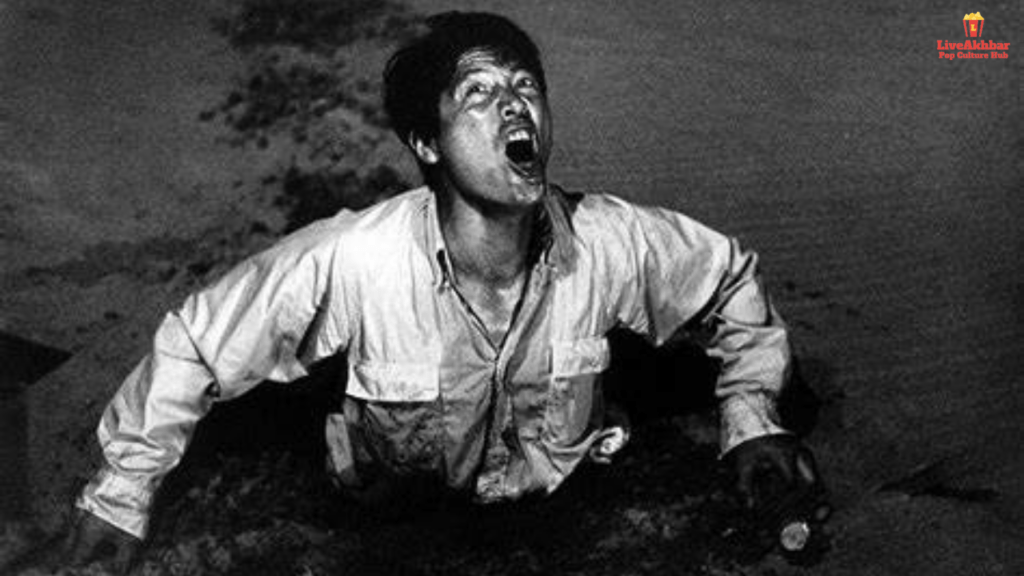
This ideational story of erotic horror also follows a novel by Kobo Abe. When an entomologist comes dunes for analysis, locals offer him sleeping quarters at the bottom of a sandpit. In the hollow, he comes across a widow who resides there. When he arises in the morning, the ladder he tried to enter the pit is gone, and he is been condemned by the residents to help the widow continually dig sand out of the pit she terms home. A philosophical and existential story, The Woman in the Dunes also shows a serious love relationship between the widow and the man.
Must Read || 12 Best Science Fiction Movies On Netflix You Should Definitely Watch!
The War Of The Gargantuas (1966) –
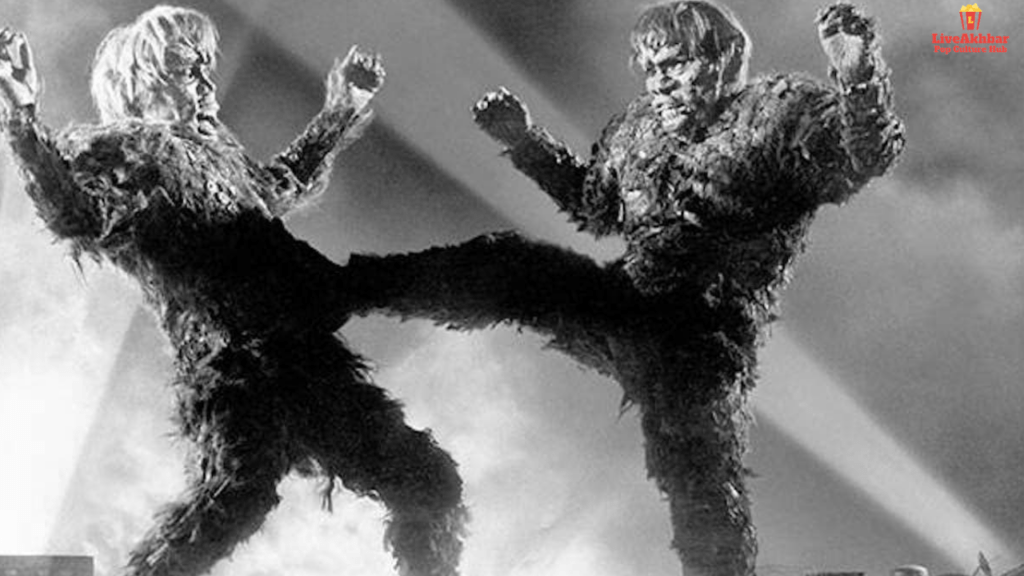
The War of the Gargantuas is illustrated as a kaiju film, or a horror film showing huge monsters. This characteristic is directed by famed creature feature producer Ishirō Honda, a man who formed the Godzilla franchise in its previous days.
The film concentrates on two humanoid monsters, one brown and one green, implied as Sanda and Gaira. As the team wreck havoc on Toyko, military officials and scientists use to see how to stop them from destroying the city.
House (1977) –
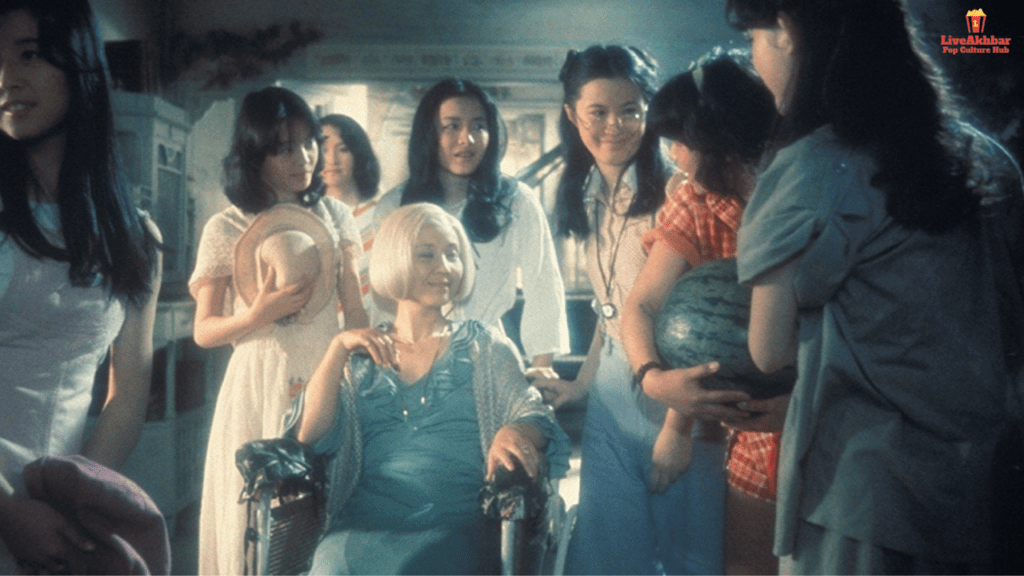
This practical, horror-house by Nobuhiko Obayashi is a full hoot. Typical effects, such as mixed shots and superimposed imagery, are infused with an endless childlike invention, informed by the fantasy of Obayashi’s daughter. However, if you peel off its crusted surface layer, its seeing motifs disclose private suffering for those lost in the atomic bombings at Hiroshima and Nagasaki during World War II.
The integrity of the creation born after the war is personified through a team of teenage girls called Melody, Gorgeous, Sweet, Prof Mac, Fantasy, and Kung Fu. They all lead the nation to visit the grand elderly aunt in their creepy mansion, a place with an incomparable appetite for human flesh, characterized by inanimate objects that attract young women. Obayashi mourns the loss of childhood buddies by critiquing the stupid devastation of war uniquely and absurdly. The sorrowful score performed by Godiego moreover fills out the underlying emotions.
Ring (1998) –
An urban tale about a cursed VHS tape, based on the first novel in a trilogy which is written by Koji Suzuki, was the catalyst for the J-horror crash. Hideo Nakata direct it, this new update of the yurei called Okiku has iconic imagery of the drenched, evil-haired female ghost, who jaggedly crawls towards her victims.
Must Read || Best Adult Web Series On Ullu You Should Add To Your List!
Pulse (2001) –
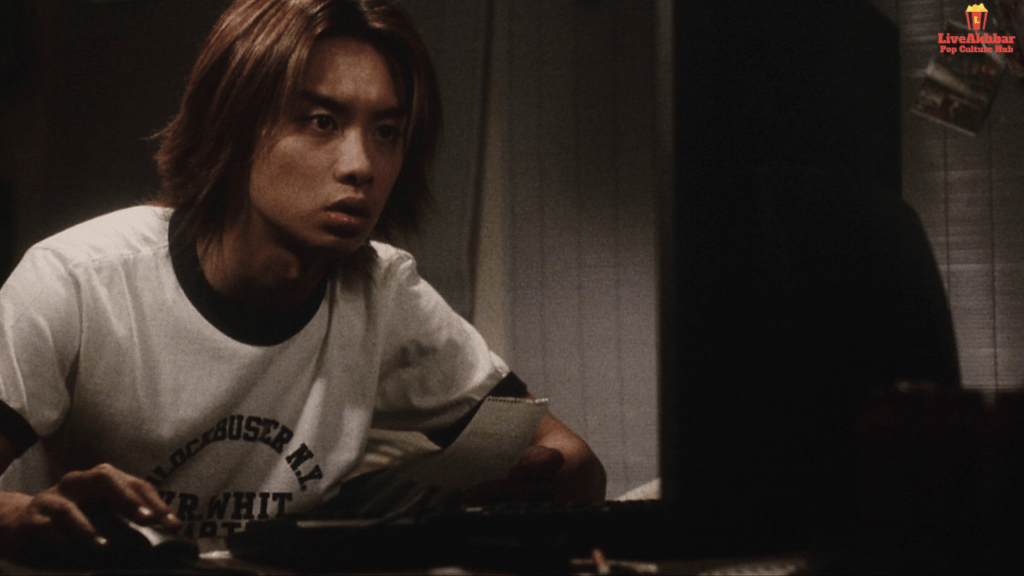
The woman undergoing a nasty divorce sinks into the depths of despair in Hideo Nakata’s horror and is a heart-wrenching adaptation of a short story by Koji Suzuki. Yoshimi’s emotional and economic turmoil is mixed with an earlier trauma that arrives back to trouble her as spirits, unusual wet patches, and rising dampness in her apartment.
Due to the parent’s worst apprehensions, danger lurks around the corner, as does a custody battle, threatening to snatch Yoshimi’s 5-year-old daughter. As the pressures of work and motherhood, and not to turn up with anyone, sets in terror. The film strikes an uneasy mood, using indecisive scars, a labyrinthine apartment block, and confusion to intensify Yoshimi’s loss of control. As his fragile condition worsens, the first-ever dripping titular water metaphor turns into psychological horror and a massive fall of impending doom.
The Grudge (2002) –
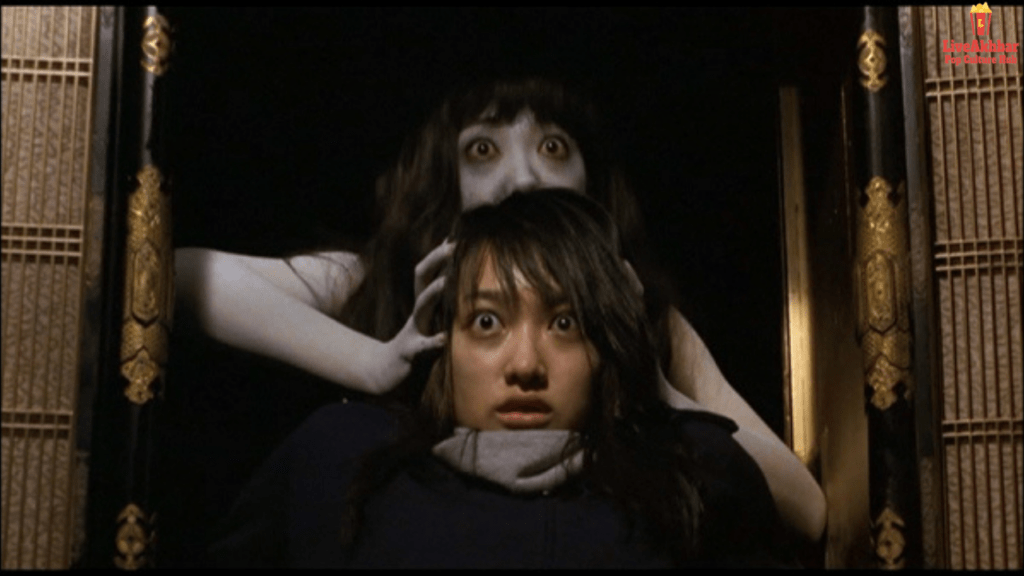
The household home becomes a horrible place in write and director Takashi Shimizu’s claustrophobic horror. Shimizu has noted that butoh dance theatre motivated the look of his pale twisted ghosts, who he decorated with thick white paint to softening effect. The remarkable image of mother and son ghosts, Toshio Saeki and Kayako is iconic in recent horror, as is the startling staircase from which they first get off.
Murdered by a jealous husband, Kayako’s anger fills in the place where she was killed and curses anyone who passes the border of her home, containing a volunteer public worker. The avenging souls of the Sakei home kill indiscriminately, leaking weird noises such as drawn-out meows and croaks. The disturbing sound design adds to the tension as Shimizu takes viewers through torture-related deaths and neglect, violence, and domestic panic-stricken residences. Shimizu plays chronologically, chasing Kayako as she terrorizes her victims, and eventually retreats to her tragic backstory.
Audition (1999) –
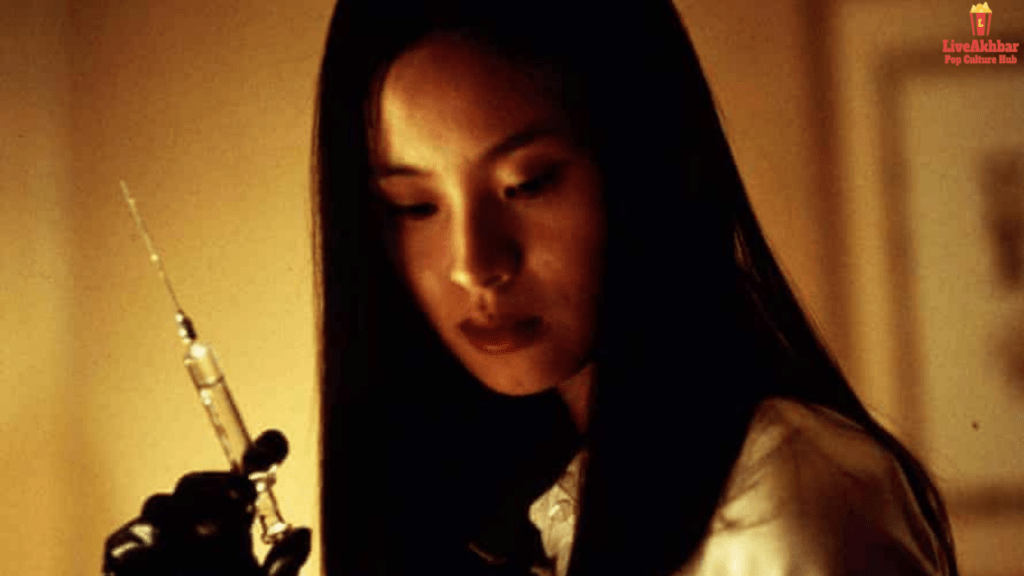
It is by far the most volatile to watch. The plot revolves around a widower television producer who uses a mock audition to find a new girlfriend. It is not too difficult to say that the woman he chooses is not what he seems to be and from there only things go bad for him.
Audition is a tense, unnecessary film that creates a graphic, gore, extreme and unique ending. It won’t be for everyone, but it is a very well-made film and director, Takashi MIKE takes you from zero to a petrified move to a serious climax. Often listed as one of the best Japanese horror films made, you won’t regret watching the audition for its quality but may regret seeing its effect on your sleeping patterns.
Must Read || 10 Shows Like Sex And The City! Watch The List Here
Infection
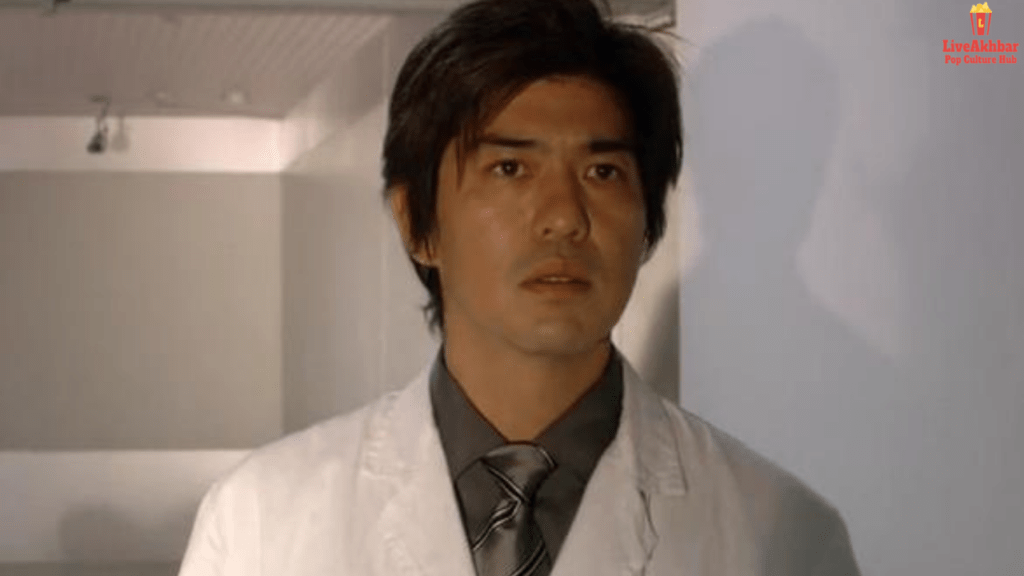
Infection is the great J-horror has to offer. Bringing place in a hospital, this film is revolved around a patient that is not treated who then indicates signs of a deadly infection. Infection is not your normal zombie film. It has psychological and ghostly elements to it, but for zombie fanatics, it also has its honest share of gore and green ooze.
The ending will leave you to love or hate the film and truth be told that I am still not sure exactly what has happened, but the Infection is one to see.
The Outsider (2018)
Jared Leto lovers, this film is for you. Follows post-WWII Japan, The Outsider is shown as an American who joins the yakuza after paying time in an Osaka prison. As anticipated, drama and violence ensue in this Japanese horror choice.
Available On: Netflix
